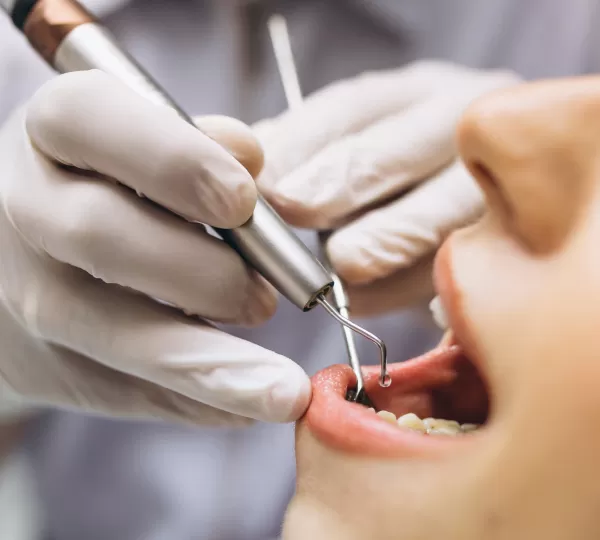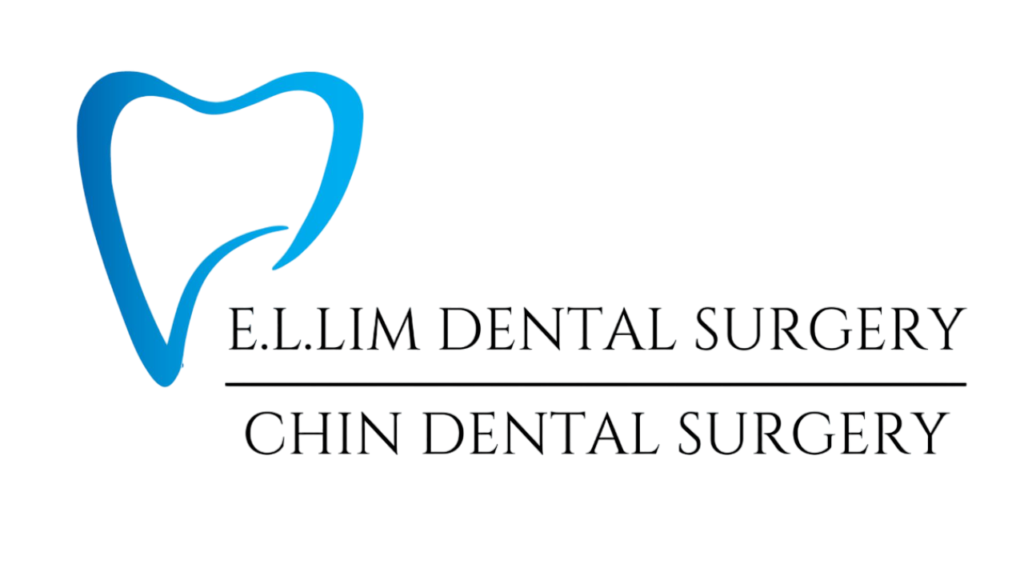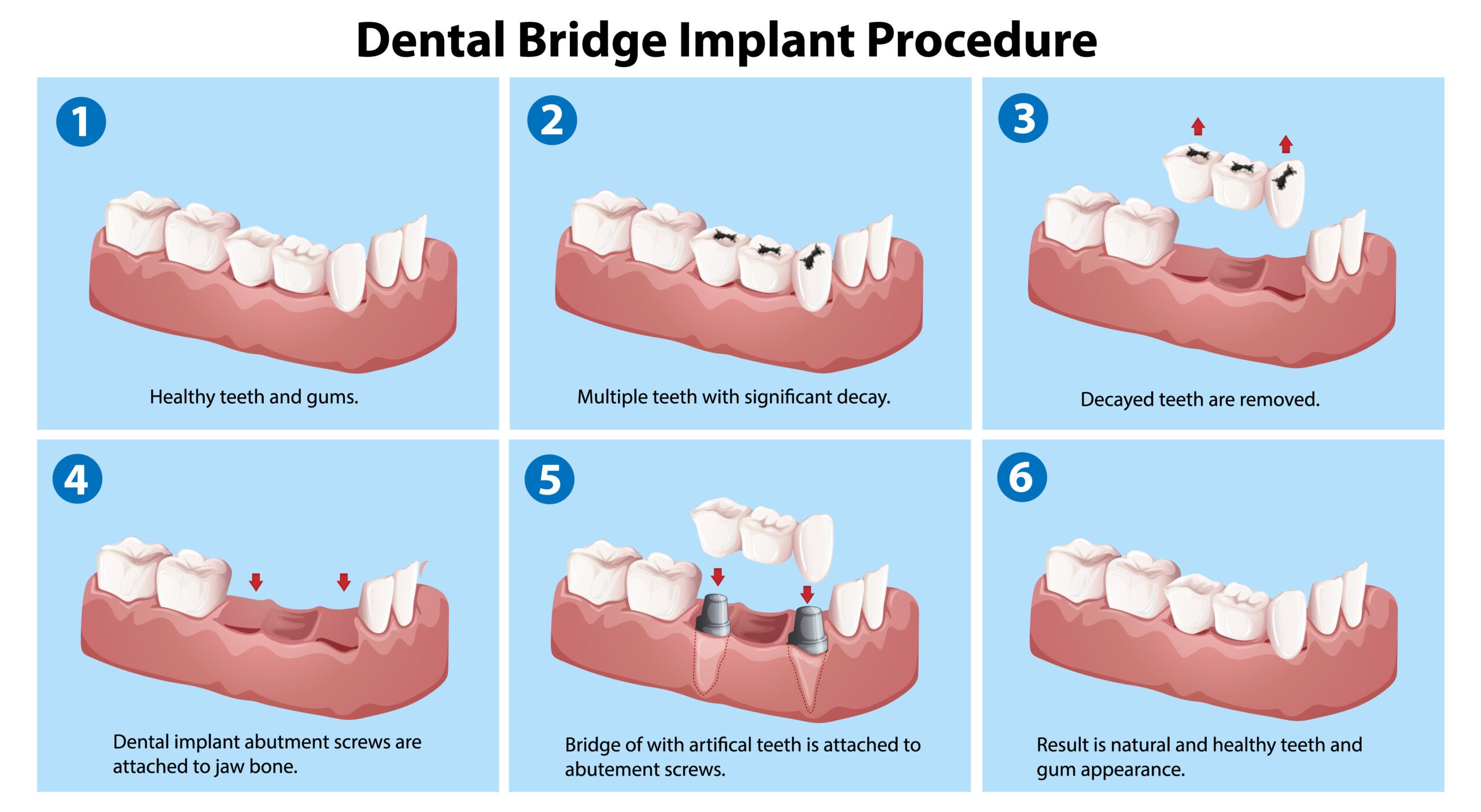Dental Bridge in Penang
Dental Bridges
Missing teeth can impact more than just your smile. They can affect your ability to chew comfortably, speak clearly, and even lead to jawbone deterioration. At Chin Lim Dental, we offer dental bridges as a strong, natural-looking solution to replace missing teeth and restore optimal oral health and function.
What are Dental Bridges?
A dental bridge is a fixed dental restoration that literally bridges the gap created by one or more missing teeth. It consists of two or more dental crowns (caps) placed on the healthy teeth on either side of the gap, with artificial teeth in between to fill the space. Bridges are typically made from porcelain fused to metal (PFM) for durability and aesthetics, but other materials like zirconia may also be options.
Types of Dental Bridges
Traditional Bridge
Traditional bridges are the most common type and are considered the strongest and most durable option. It consists of two or more dental crowns cemented onto healthy teeth on either side of the gap, with artificial teeth in between to fill the space.
They’re ideal for replacing one or more missing teeth, especially when there are healthy teeth on both sides of the gap to support the crowns. The procedure requires preparation (shaping down) of the healthy teeth on either side, which may not be ideal for everyone.
Cantilever Bridge
Cantilever bridges are used when there are healthy teeth on only one side of the gap. Similar to a traditional bridge, but only one healthy tooth is used to support the bridge. The artificial tooth “cantilevers” or extends over the gap.
They may not be as strong or durable as traditional bridges due to the stress placed on the single supporting tooth, so it’s typically not recommended for replacing multiple teeth.
Maryland Bridge
Maryland bridges are a more conservative option compared to traditional bridges. Instead of crowns on the supporting teeth, metal or porcelain wings are bonded to the backs of the healthy teeth on either side of the gap. These wings then support the artificial teeth in the middle. They’re the best dental bridge for front teeth, where aesthetics are a major concern. Also suitable for patients who want to minimize alteration of healthy teeth.
They may not be as strong as traditional bridges and may require more frequent monitoring and potential replacement. Additionally, these bridges are not suitable for all areas of the mouth especially with the chewing force for the back teeth.
Implant Bridge
Unlike traditional bridges, implant-supported bridges don’t rely on support from neighboring teeth. Instead, small titanium implants are surgically inserted into your jawbone at the sites of the missing teeth. Once healed and integrated with the jawbone (osseointegration), a bridge structure is then attached to the implants, typically with crowns on top and artificial teeth in between to fill the gaps.
Implants fuse with the jawbone, providing a very strong foundation for the bridge. This can be especially beneficial for replacing molars that experience significant chewing forces.
Choosing the Right Bridge
The best type of bridge for you will depend on several factors, including:
- The number and location of missing teeth
- The condition of your surrounding teeth
- Your bite and jawbone health
- Your cosmetic preferences
During your consultation, your dentist can talk you through all the design options as well as their strengths and weaknesses to see which ones will serve you the best.
Material Options Available
Porcelain-Fused-to-Metal (PFM)
PFM bridges have been the go-to choice for decades due to their exceptional durability and versatility. A metal substructure (often containing precious metals like gold) provides strength and support, while a porcelain layer mimics the natural translucency and color of teeth, offering a natural look. They’re highly durable, long-lasting, resists chipping and wear, suitable for all areas of the mouth.
However, the metal substructure can sometimes show as a dark line at the gum line, which might be noticeable with receding gums. May not be the most aesthetically pleasing option for front teeth. It’s generally considered a mid-range option in terms of cost.
All-Ceramic (Zirconia)
Zirconia bridges are known for their exceptional aesthetics and biocompatibility. Made entirely from zirconia, a strong ceramic material, these dental bridges are very natural-looking due to the ability to mimic the light-reflecting properties of teeth, ideal for front teeth where appearance is a priority. Zirconia is also gentle on gum tissue.
They may not be quite as strong as PFM bridges, especially for molars that experience heavy chewing forces. It’s generally a higher-priced option due to the aesthetic benefits.
Benefits of Dental Bridges
Improved Appearance: Bridges restore a complete and natural-looking smile, boosting your confidence and self-esteem.
Enhanced Speech: Missing teeth can sometimes lead to slurred speech. Bridges improve your ability to speak clearly and confidently.
Better Chewing Ability: Dental bridges allow you to chew food more effectively, promoting better digestion and overall health.
Prevents Shifting Teeth: Missing teeth can cause surrounding teeth to shift out of place. Bridges prevent this from happening, maintaining proper dental alignment.
Supports Facial Structure: Bridges help maintain the natural structure of your face, preventing a sunken appearance that can occur with missing teeth.

The Dental Bridge Procedure
Our experienced dentists will carefully assess your needs and determine if a dental bridge is the right solution for you. The process typically involves:
Consultation
We discuss your goals and expectations, examine your teeth and gums, and take x-rays to determine the best bridge design and placement.
Preparation
The teeth on either side of the gap will be slightly reshaped to accommodate the dental crowns. They’ll have to remove some enamel, which will be irreversible.
Impression
An impression of your teeth will be taken to create a custom-made bridge. A temporary bridge may be placed to protect the prepared teeth while your permanent one is being made.
Placement
Your permanent bridge will be carefully placed and checked for fit and bite. Minor adjustments may be necessary before final cementation.
Dental bridges, with proper care, can last for many years. Brushing twice a day, flossing daily, and maintaining regular dental checkups are crucial for maintaining good oral hygiene and the longevity of your bridge.
The Excellence, Innovation, Trust!
Come with us for a gentle dental experience that’s straightforward, friendly, and focused on your well-being.
Our experienced team is dedicated to provide a safe and friendly experience. With our expertise and commitment to delivering exceptional results, you can trust us to help you achieve a healthy, beautiful smile that lasts a lifetime.
Expertise
Highly skilled dental team with a passion for excellence.
Latest Technology
State-of-the-art equipment ensuring precision and comfort.
Experience
With almost a decade of experience serving our communities.
Comfortable Environment
Modern and serene settings for a relaxed experience
What Our Patients Say
Dental Bridges at Chin & Lim Dental Penang
At Chin & Lim Dental, we are committed to providing you with exceptional dental care and a positive experience. Contact us today to schedule a consultation and explore how dental bridges can help you regain a complete, healthy, and confident smile!

FAQ on Dental Bridges
The procedure itself will involve anesthesia to minimize discomfort. You may experience some soreness or tenderness after the procedure, but this can be managed with medication.
Dental bridges won’t feel exactly like natural teeth, but they can feel quite natural with some adjustment. You may experience a slight difference in sensation when chewing initially. However, most patients adapt quickly and find bridges comfortable for biting and chewing.
Dental bridges can replace one or more missing teeth. The typical bridge spans two or three missing teeth, but depending on your situation, bridges can replace up to four teeth. Consult your dentist to determine the most suitable option for your needs.
Generally, adults with good oral health and one or more missing teeth can be candidates for dental bridges. If you have healthy teeth on either side of the gap to support the bridge, you might be a good fit. Your dentist will assess your individual situation to determine suitability.
With proper care (brushing, flossing, and regular dental checkups), dental bridges can last for many years, often 7-15 years or even longer.
Discomfort after the procedure is normal and can be managed with over-the-counter pain medication. Most patients experience minimal recovery time and can return to normal activities within a few days.
While waiting isn’t ideal, it typically won’t cause major problems unless you have underlying oral health concerns. However, leaving a gap for an extended period can lead to surrounding teeth shifting, potentially complicating bridge placement later.
Yes, in some cases, a dental bridge can be removed and recemented by a dentist. This may be necessary for adjustments, repairs, or cleaning underneath the bridge. However, recementing weakens the bond over time, so it’s generally preferable to avoid this if possible.











